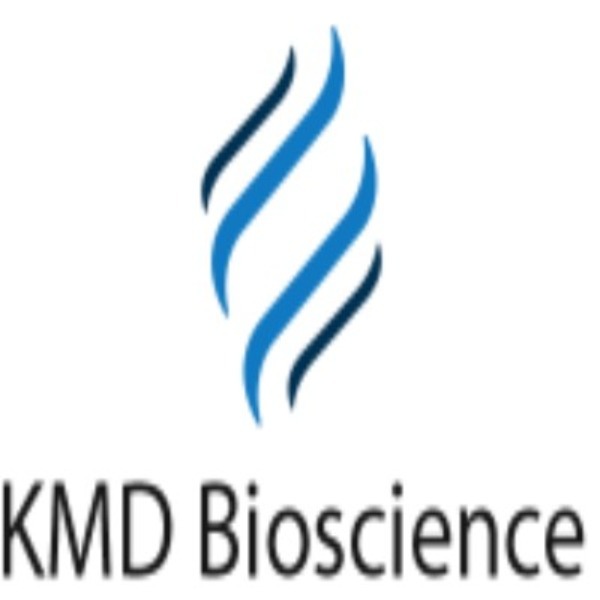KMD Bioscience Exploring the Structure and Potential of Single Chain Antibodies (scFv)
Introduction:
Antibodies are powerful immune proteins that play a critical role in defending our bodies against pathogens. Traditional antibodies consist of two heavy chains and two light chains, forming a Y-shaped structure. However, advancements in antibody engineering have led to the development of smaller antibody fragments known as single-chain variable fragments (scFv). In this article, we will delve into the structure and potential applications of scFv antibodies.
Understanding scFv Structure:
ScFv antibodies are engineered by linking the variable regions of the heavy and light chains of an antibody with a flexible peptide linker. This fusion creates a single polypeptide chain, resulting in a compact structure. The scFv retains the antigen-binding site, maintaining its specificity and affinity for the target molecule.
The scFv structure typically consists of four domains: the variable heavy chain (VH), the variable light chain (VL), the peptide linker, and the constant region derived from the heavy chain (CH1). The VH and VL domains form the antigen-binding site, allowing scFv to recognize and bind to a specific target with high affinity.
Advantages of scFv Antibodies:
1. Size and Solubility: scFv antibodies are smaller than full-length antibodies, making them more accessible to target molecules. Their compact structure also enhances solubility, enabling easier production and purification.
2. Versatility: Due to their small size, scFv antibodies can penetrate tissues more effectively, including solid tumors. This property makes them promising candidates for targeted therapies and diagnostic applications.
3. Engineering Flexibility: The modular nature of scFv allows for easy genetic manipulation, making it possible to introduce modifications and tailor their properties. This flexibility facilitates the development of novel therapeutic strategies and diagnostic tools.
Applications of scFv Antibodies:
1. Therapeutic Applications: scFv antibodies hold potential in targeted cancer therapies. They can be engineered to deliver drugs or toxins directly to cancer cells, minimizing off-target effects. Additionally, scFv-based immunotherapies, such as chimeric antigen receptor (CAR) T-cell therapy, have shown promising results in treating hematological malignancies.
2. Diagnostics: scFv antibodies can be utilized in diagnostic assays to detect specific biomarkers or pathogens. Their high affinity and specificity make them valuable tools for early disease detection, such as in infectious diseases or point-of-care testing.
3. Research Tools: scFv antibodies are widely used in research laboratories as probes to study protein interactions, cellular processes, and signaling pathways. They can be labeled with fluorescent dyes or enzymes for imaging or detection purposes.
Future Perspectives:
The field of scFv antibodies continues to evolve, with ongoing efforts to improve their stability, pharmacokinetics, and capacity for multispecific targeting. Engineering strategies are being developed to enhance their half-life, reduce immunogenicity, and improve their ability to penetrate solid tumors.
Moreover, the combination of scFv antibodies with other therapeutic modalities, such as small-molecule drugs or nanoparticles, holds great promise for synergistic effects in targeted therapy approaches.
Conclusion:
Single-chain antibodies (scFv) represent a significant advancement in antibody engineering, offering numerous advantages in terms of size, solubility, and versatility. Their compact structure and high specificity make them valuable tools for diagnostics, targeted therapies, and research applications. As research and development in this field continue, scFv antibodies hold tremendous potential for revolutionizing medicine and improving patient outcomes in various disease areas.
- Like
- Reply
-
Share
About Us · User Accounts and Benefits · Privacy Policy · Management Center · FAQs
© 2025 MolecularCloud




